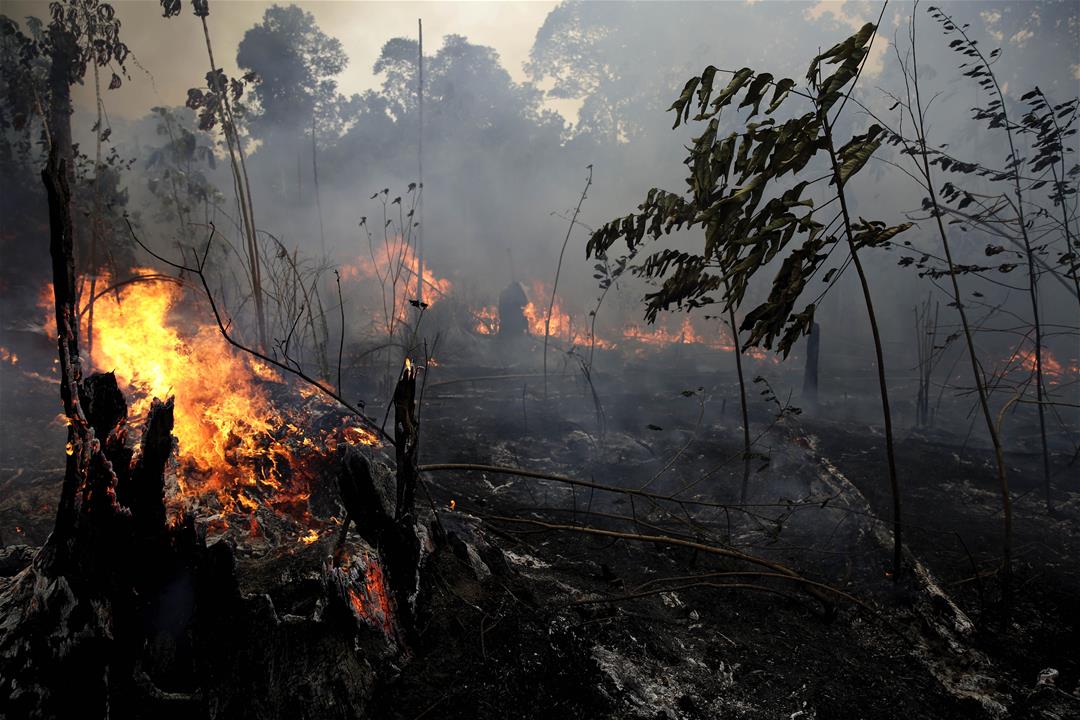Burning of the rainforest in southwestern Amazonia (the Brazilian, Peruvian and Bolivian Amazon) may increase the melting of tropical glaciers in the Andes, according to a study in Scientific Reports.
Newton de Magalhães Neto and colleagues modelled the possible effect of biomass burning in the Amazon Basin on the Bolivian Zongo Glacier using data collected between 2000 and 2016 on fire events, the movement of smoke plumes, precipitation and glacier melting. They found that aerosols from biomass burning, such as black carbon, can be transported by wind to tropical Andean glaciers. There they are deposited in snow and have the potential to increase glacier melting as snow that is darkened by black carbon or dust particles reflects less light (reduced albedo).
Focusing their analyses on the years 2007 and 2010 when fire seasons were the most critical for the Amazon Basin, the authors investigated the snow albedo reduction due to black carbon alone and black carbon in the presence of previously reported quantities of dust. Their model showed that black carbon or dust alone had the potential to increase annual glacier melting by 3-4%; or by 6% when both were present. If dust concentrations were high, dust alone had the potential to increase annual melting by 11-13% and by 12-14% in the presence of black carbon. The findings suggest that the impact of Amazon biomass burning depends on the dust content in snow.
[rand_post]
Pressure related to global food demand may result in further expansion of Brazilian agriculture and deforestation, resulting in enhanced black carbon and CO2 emissions that may impact Andean glaciers.
